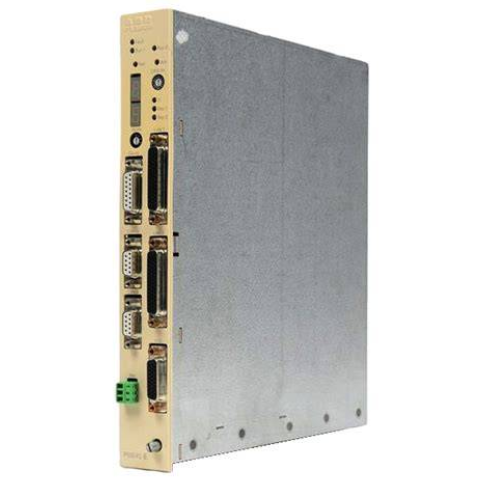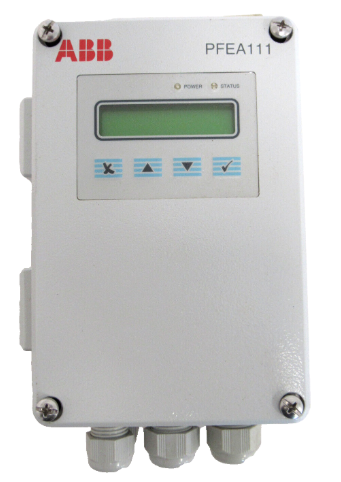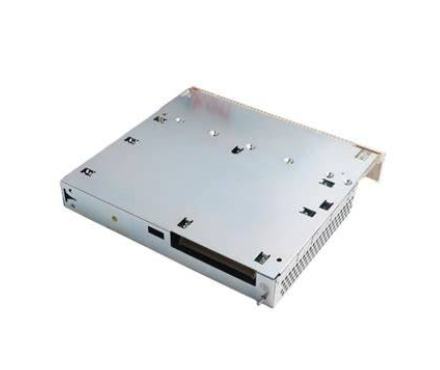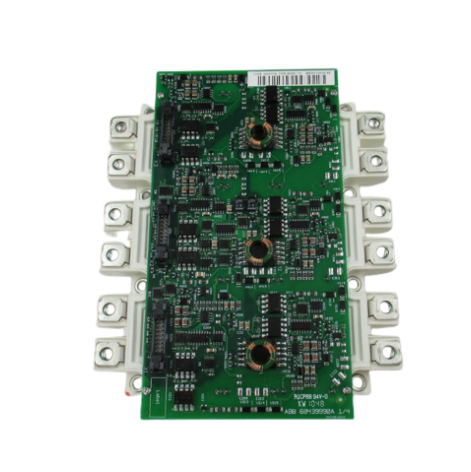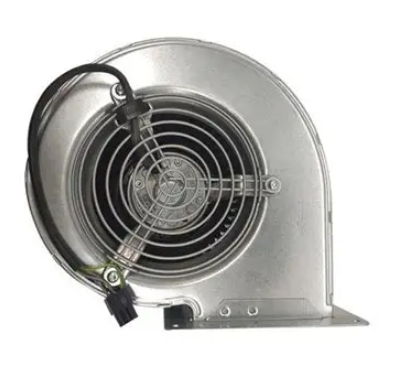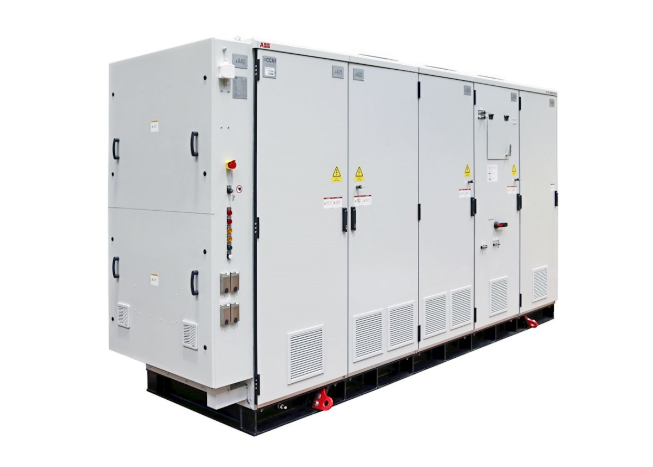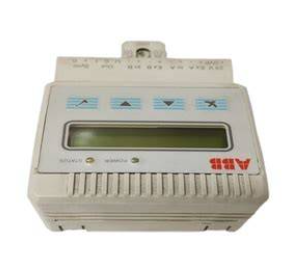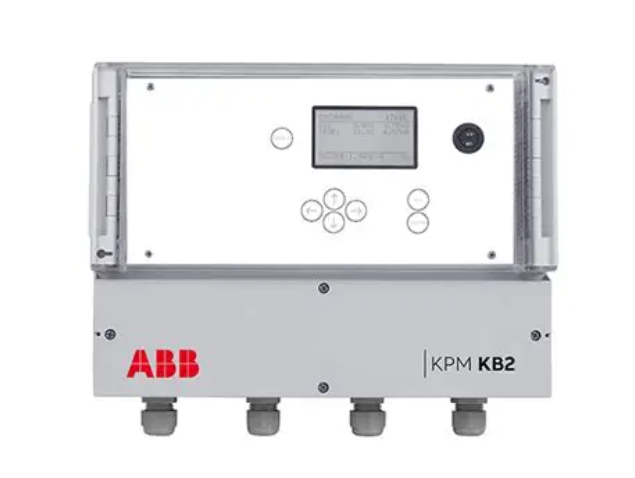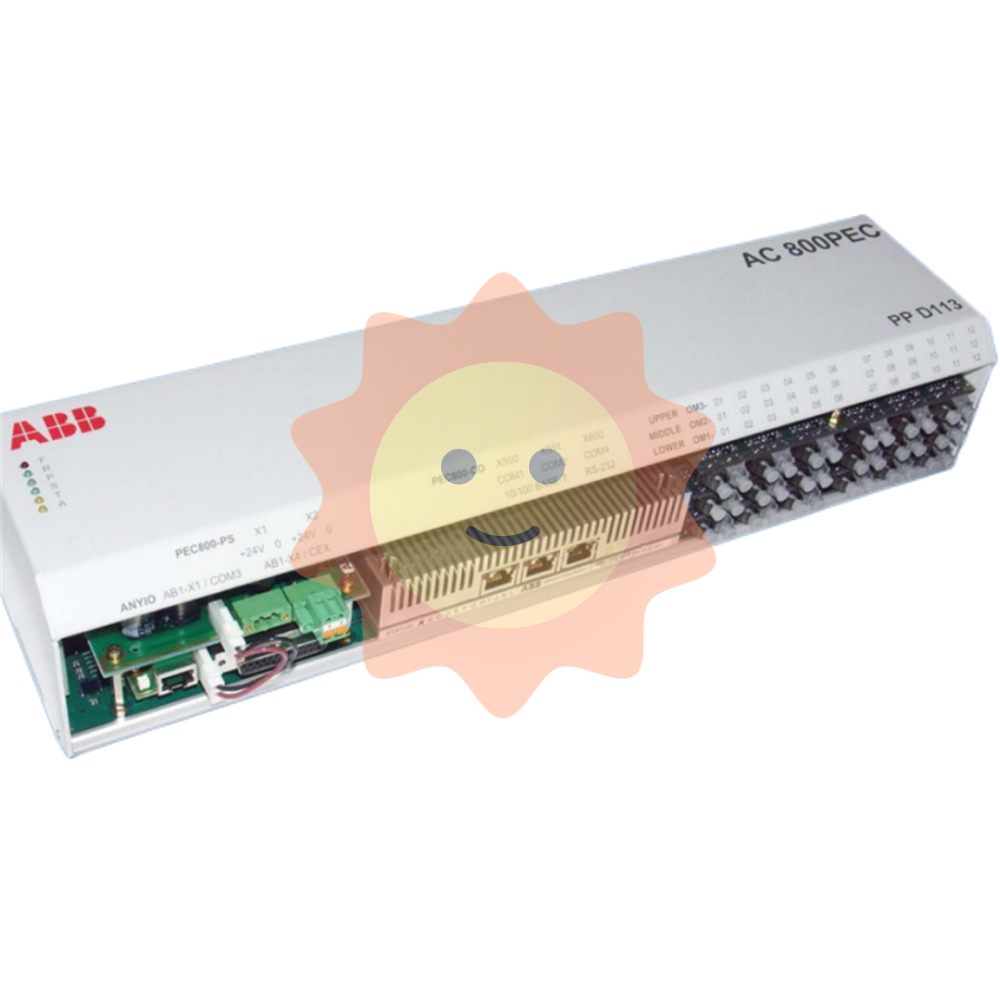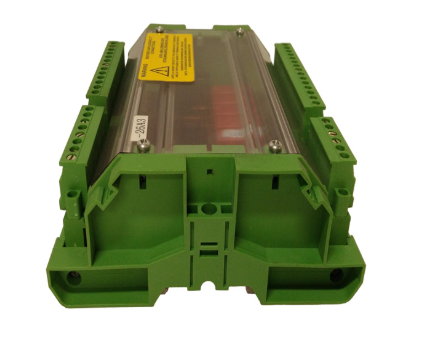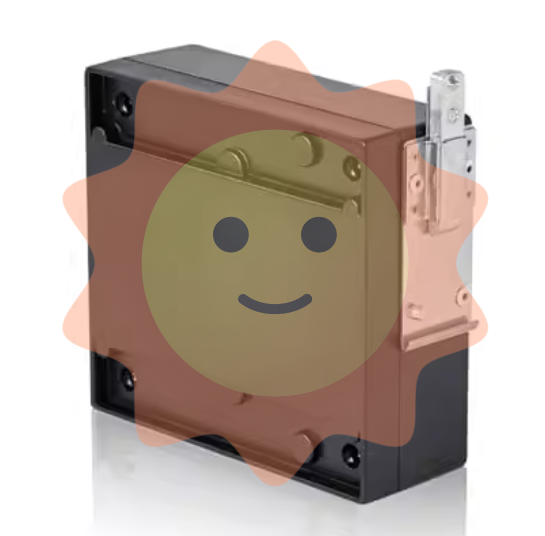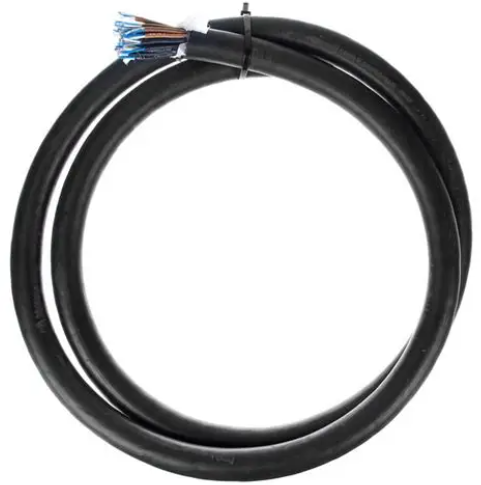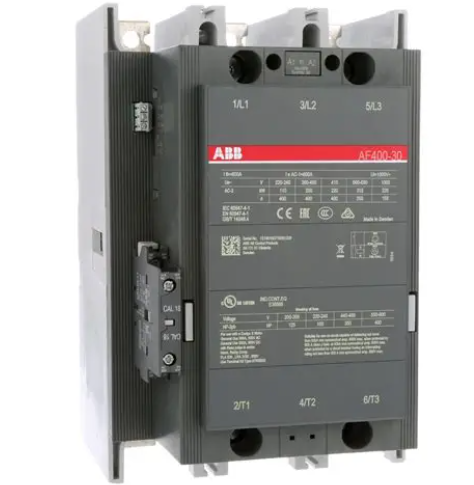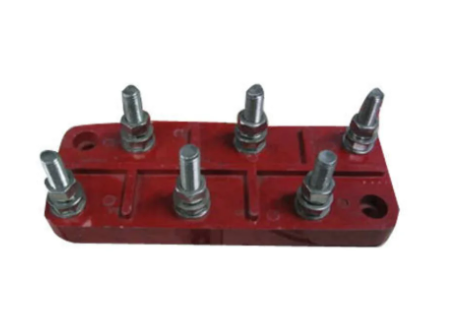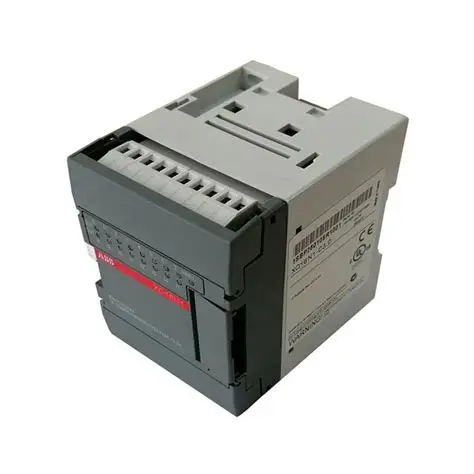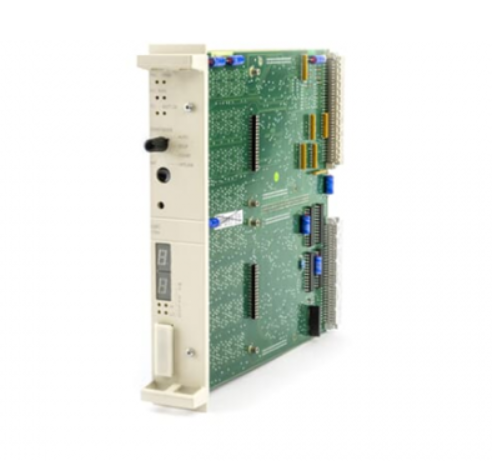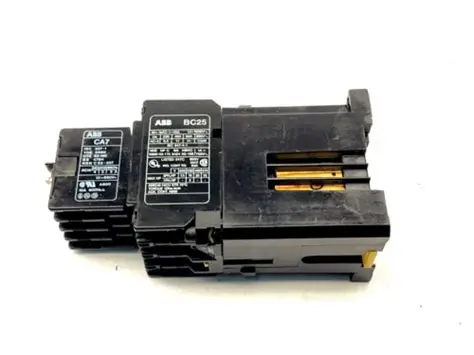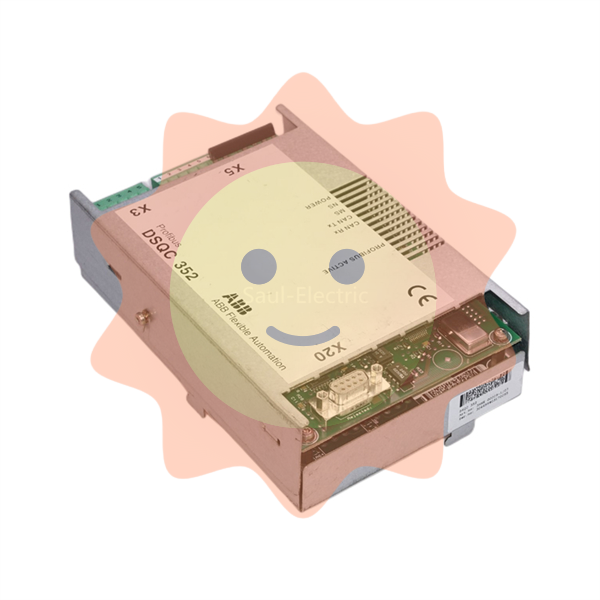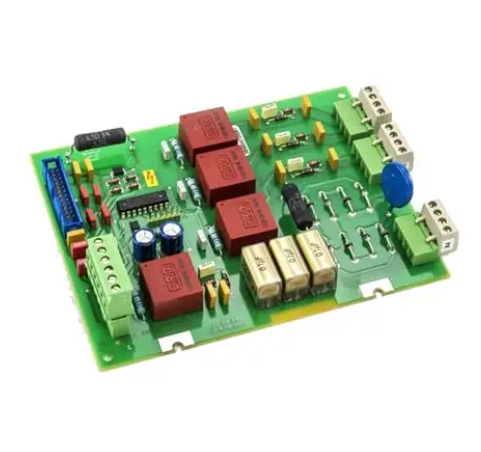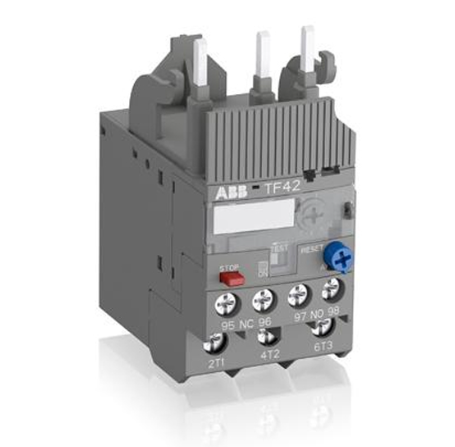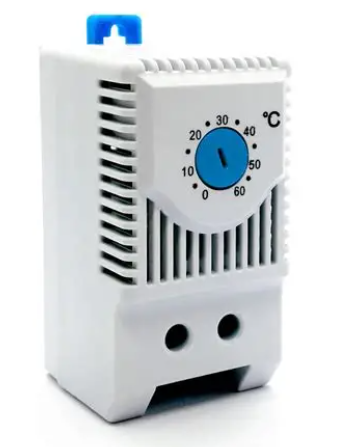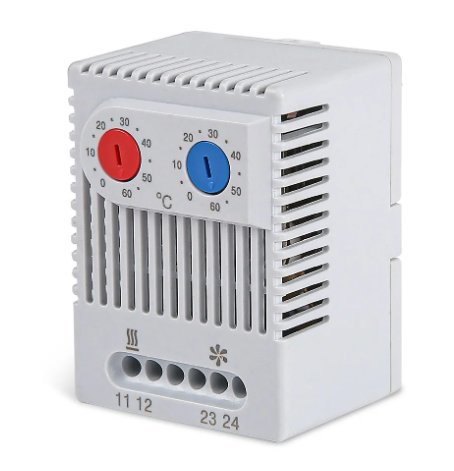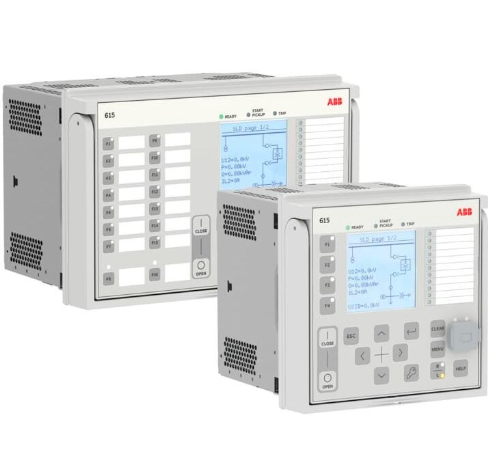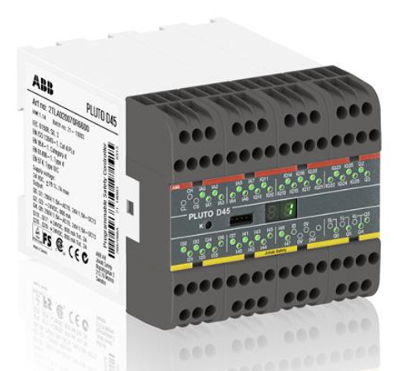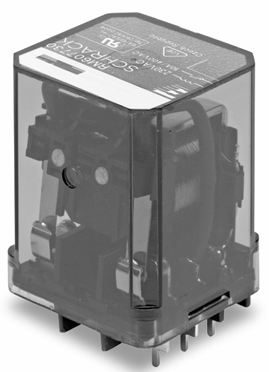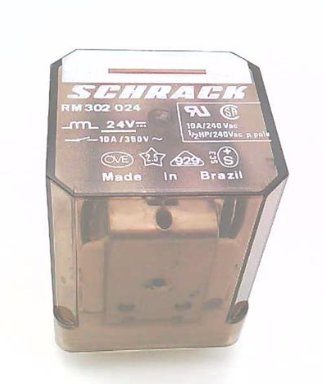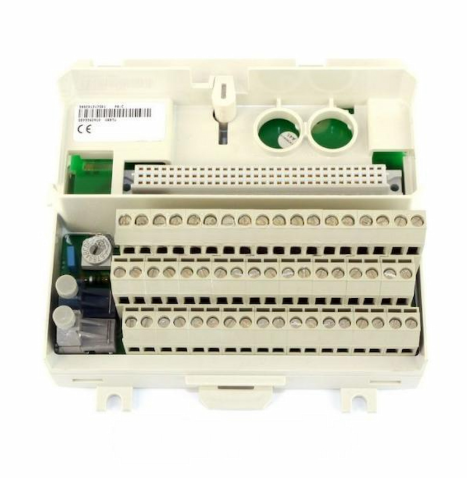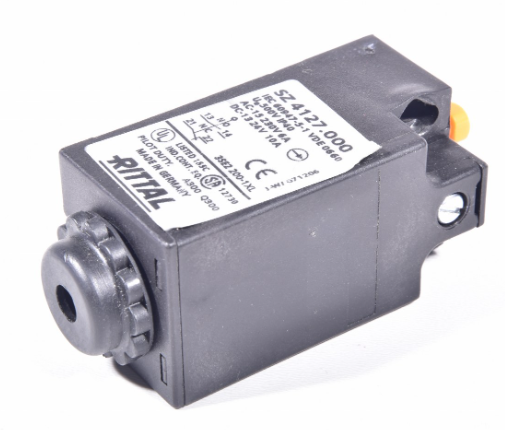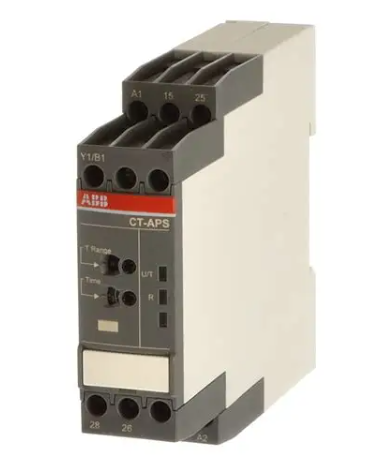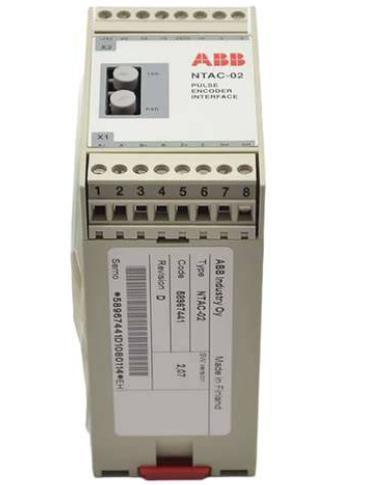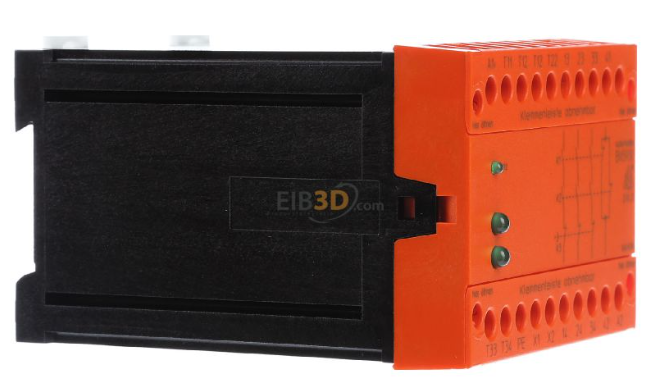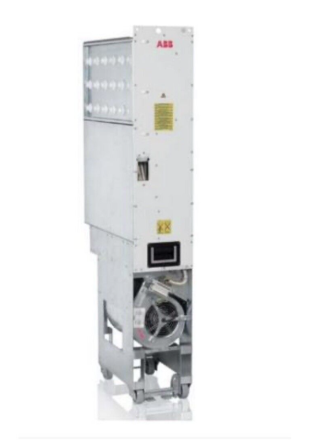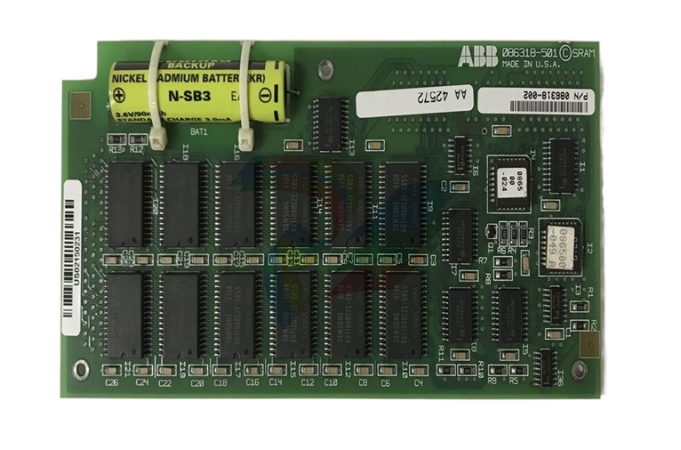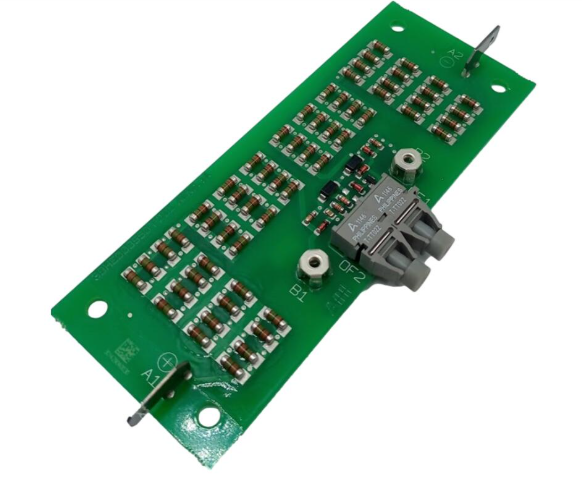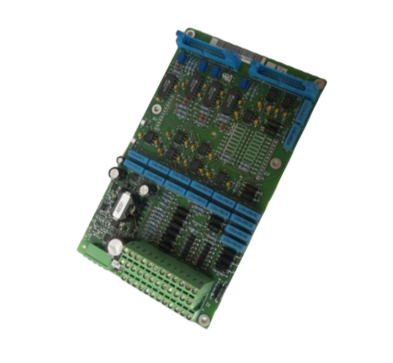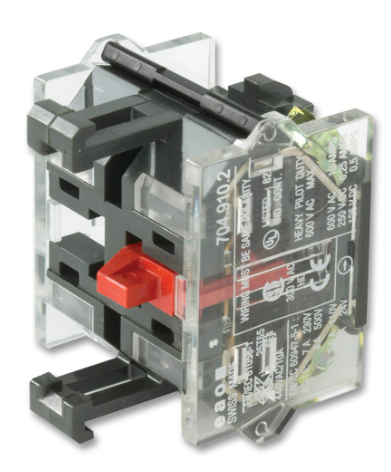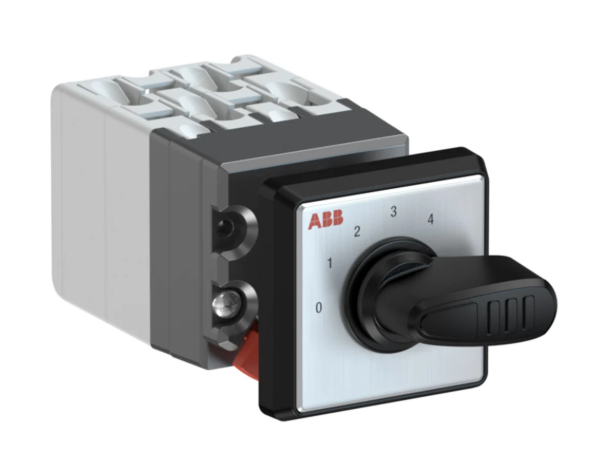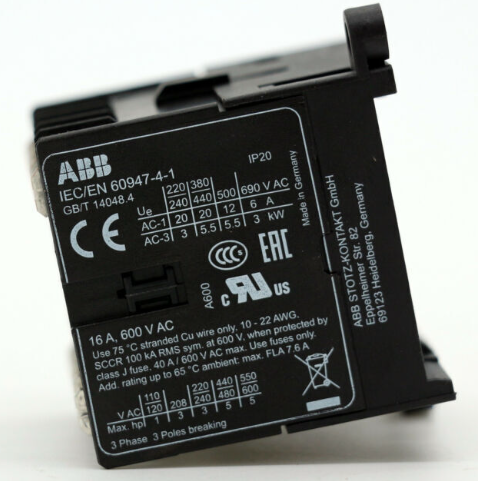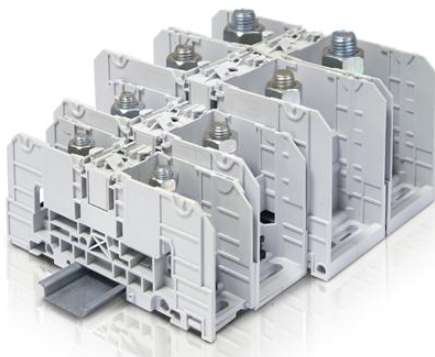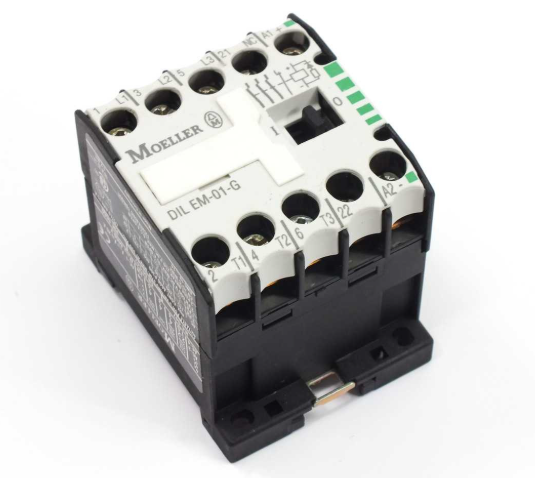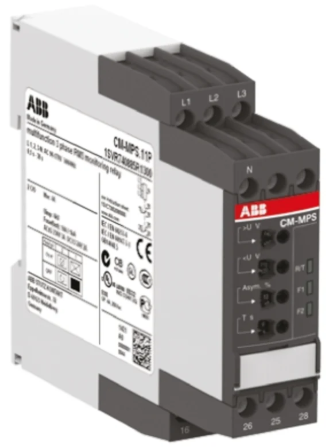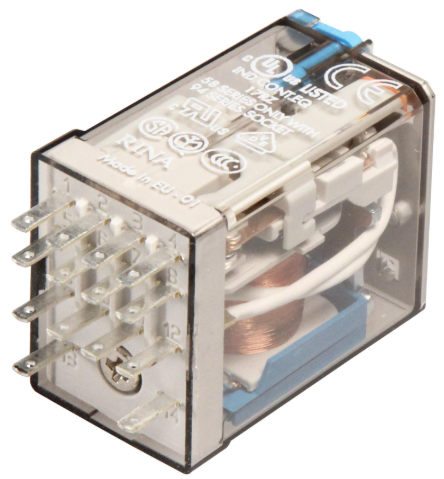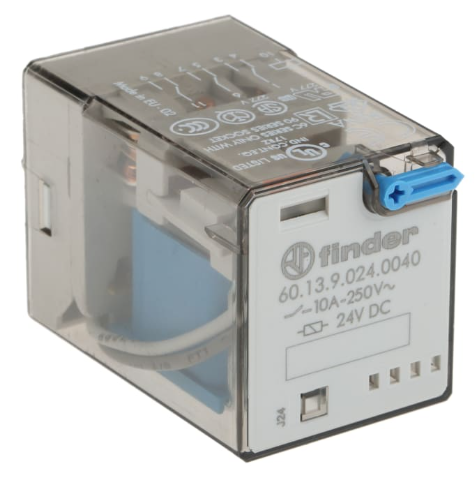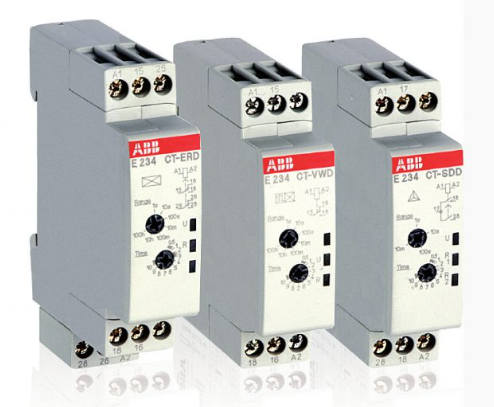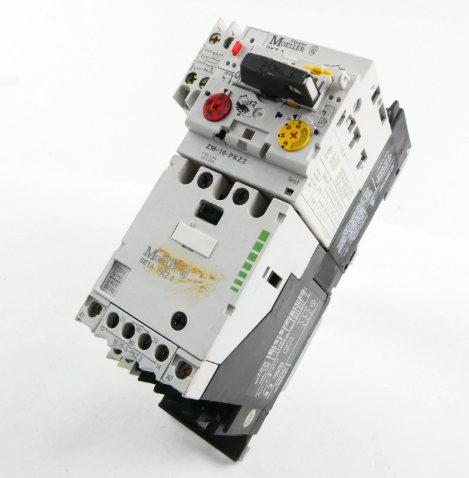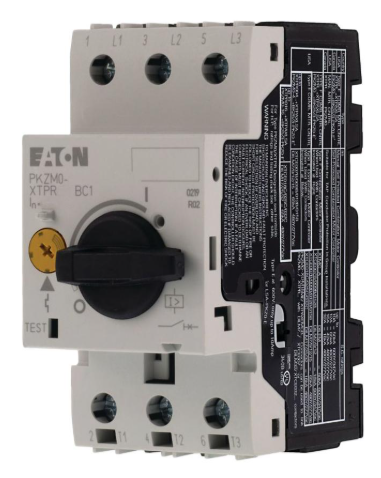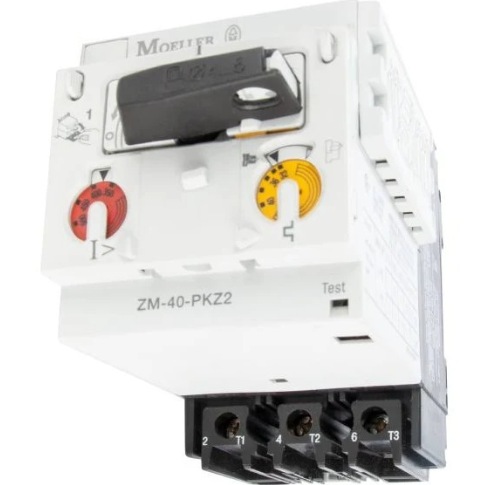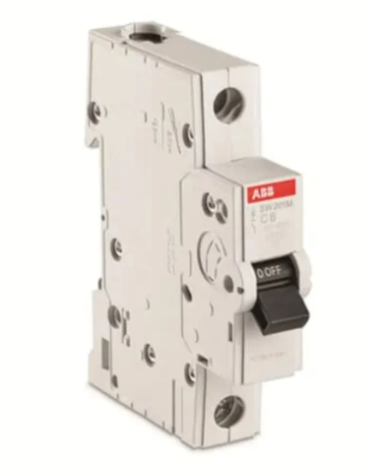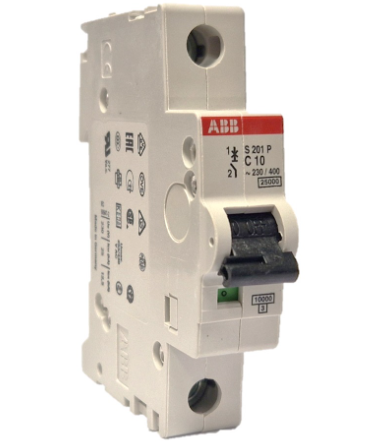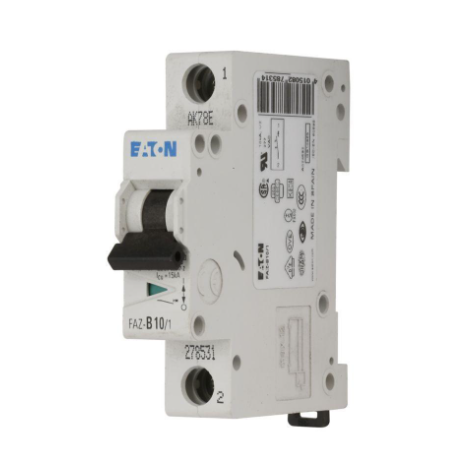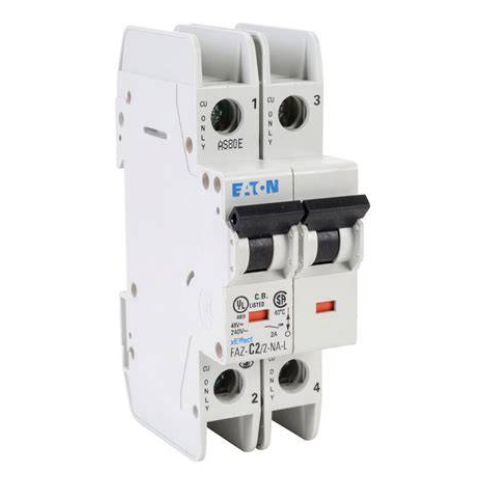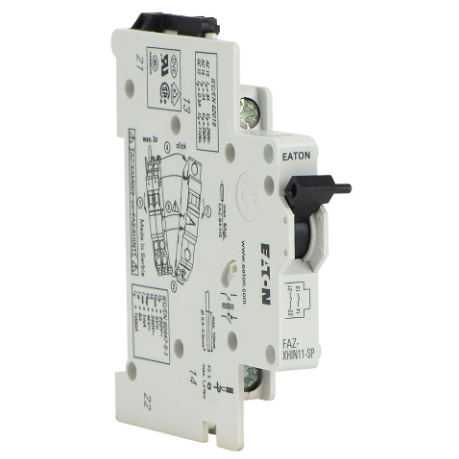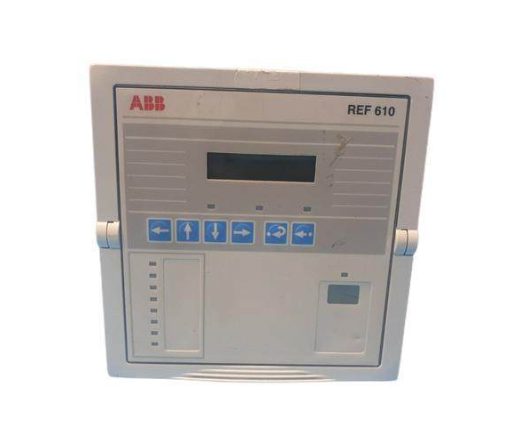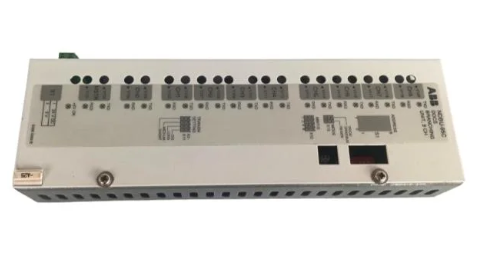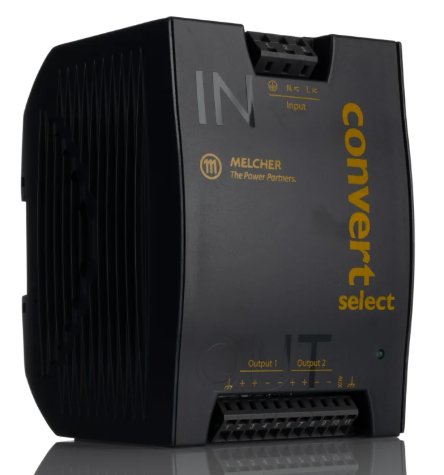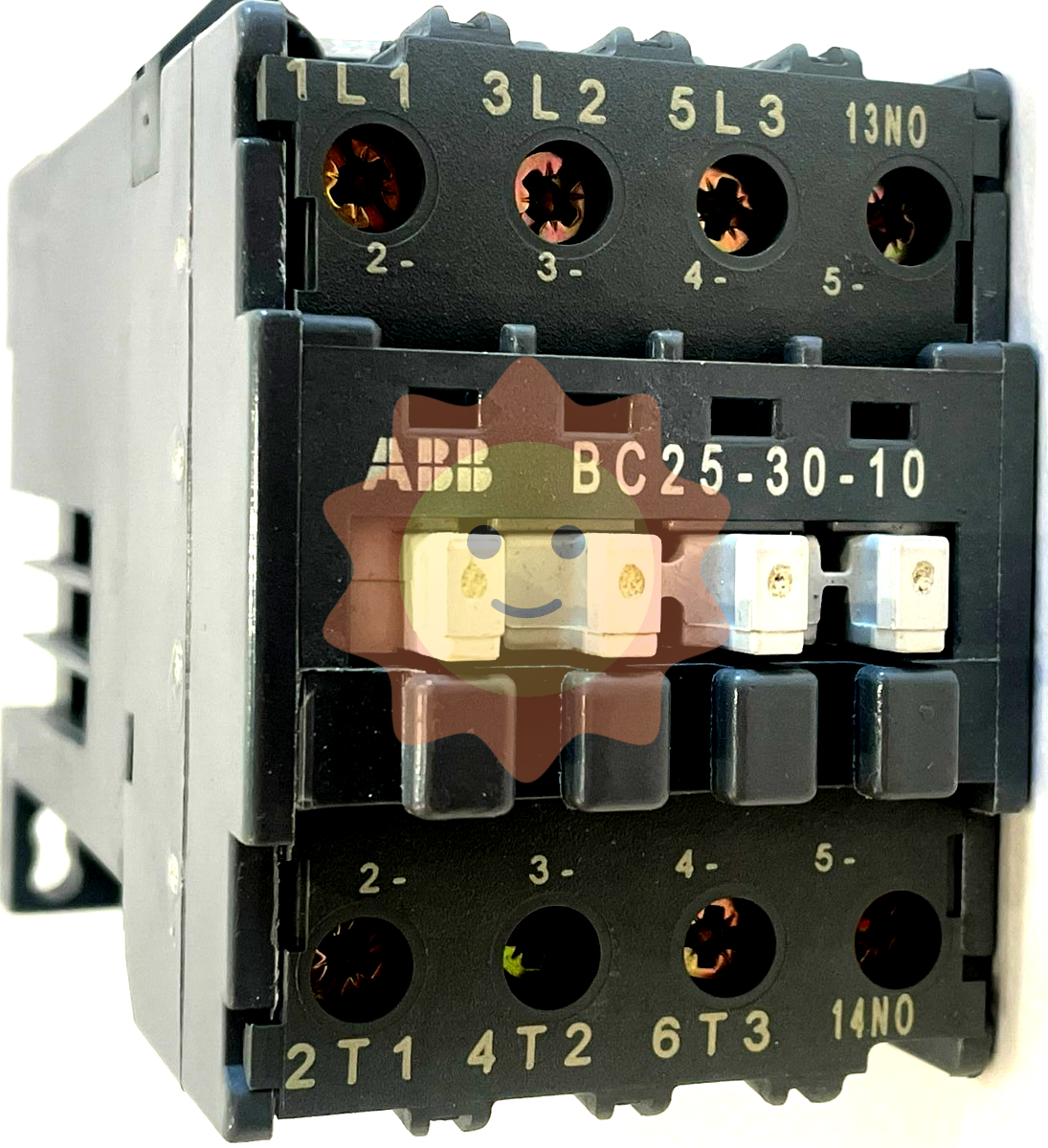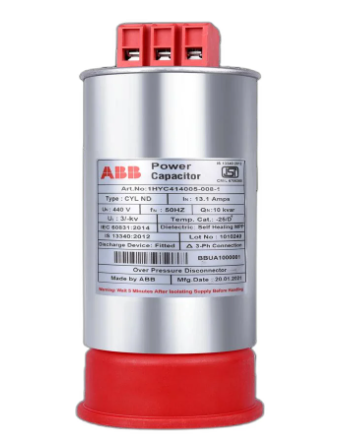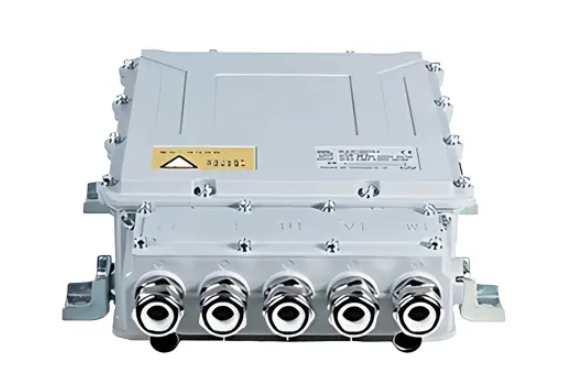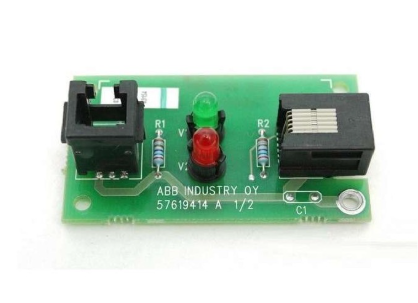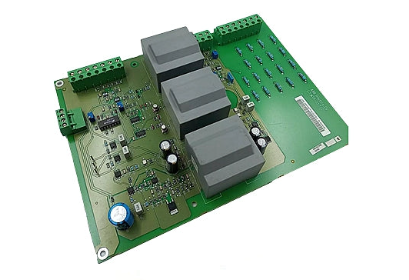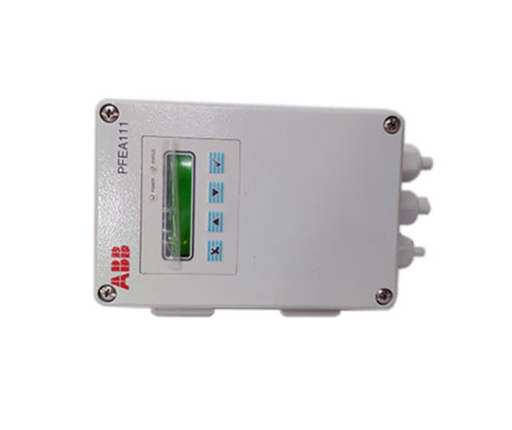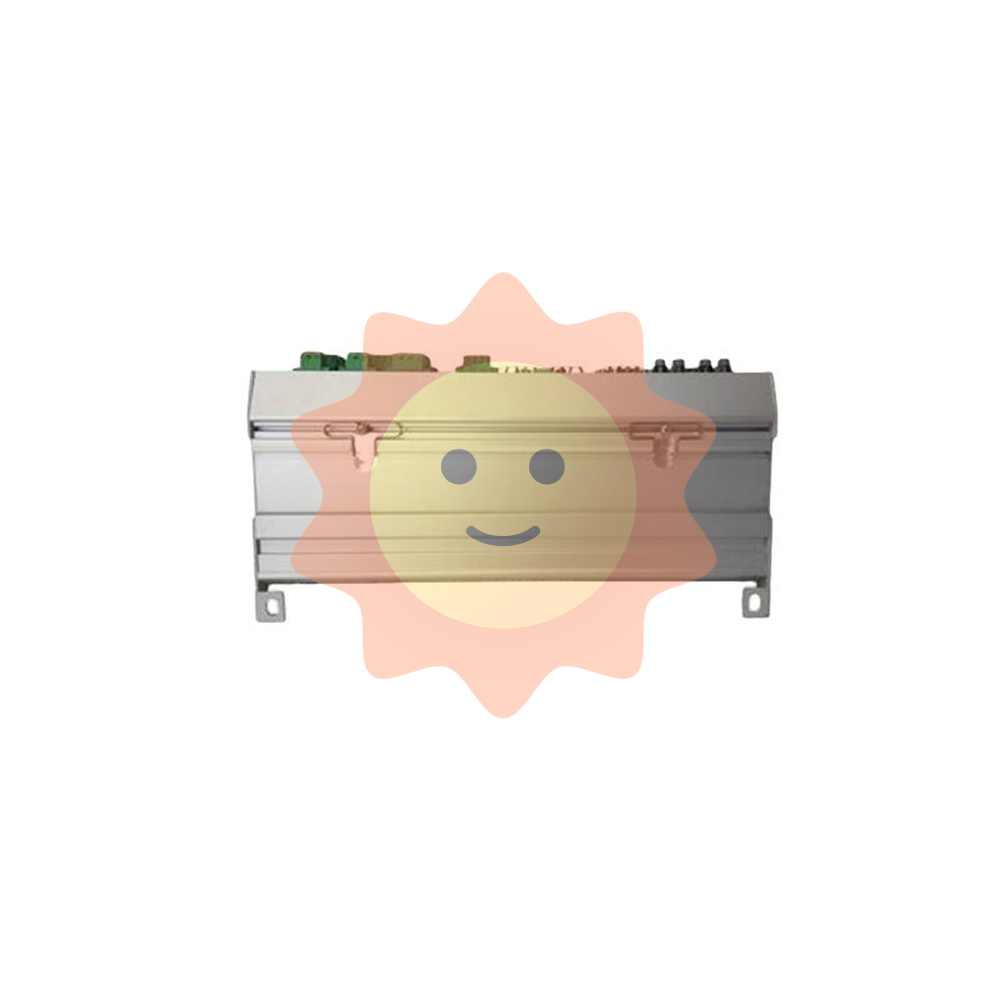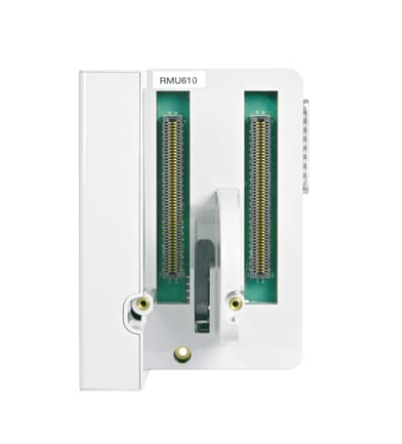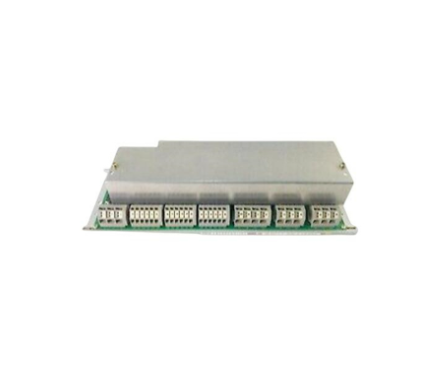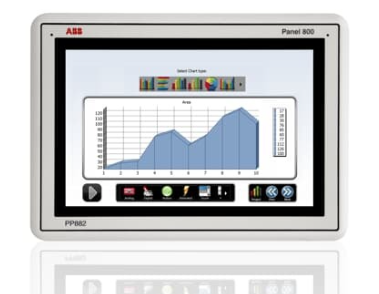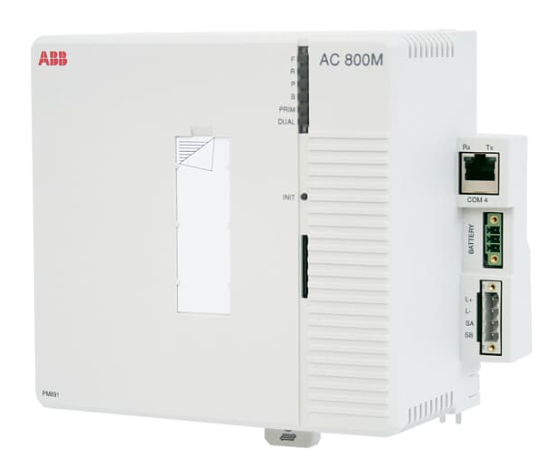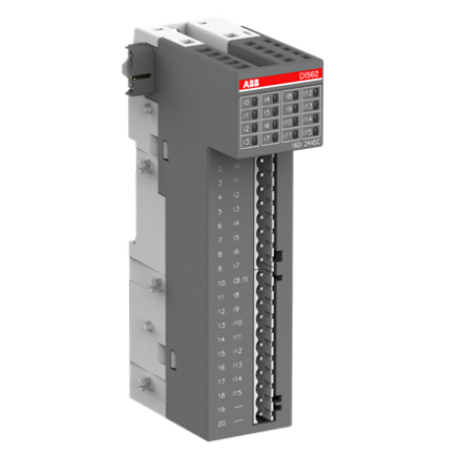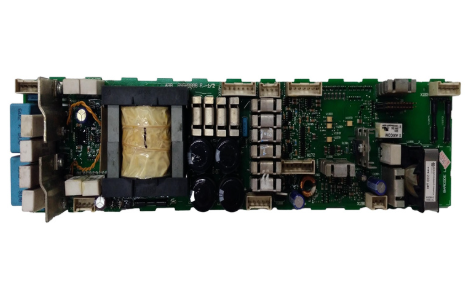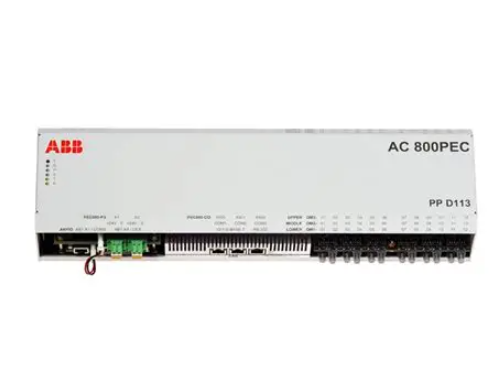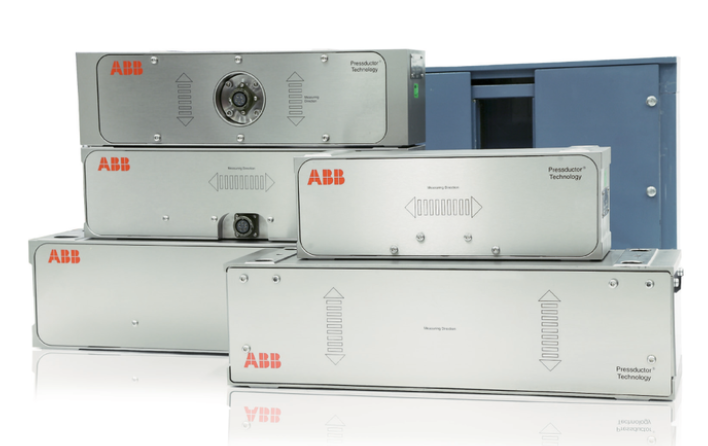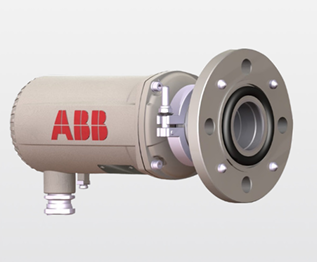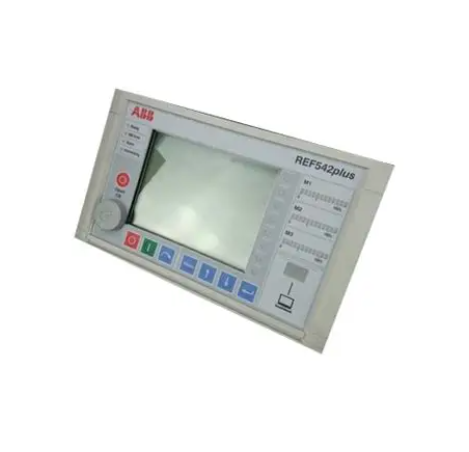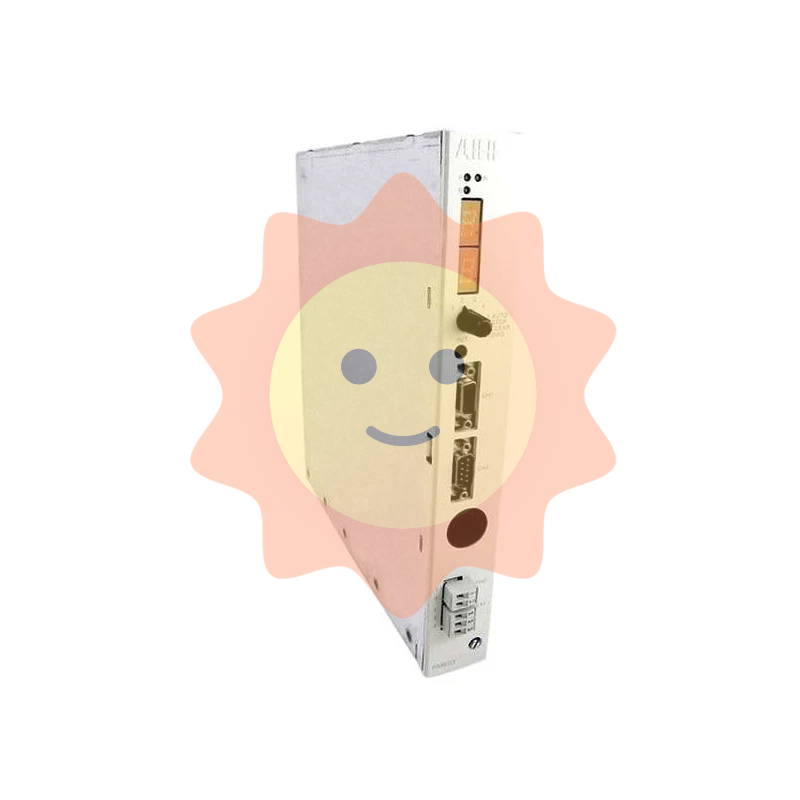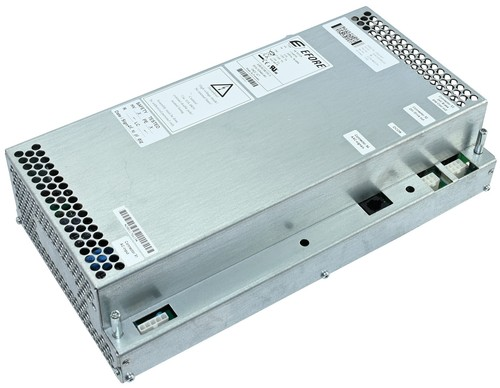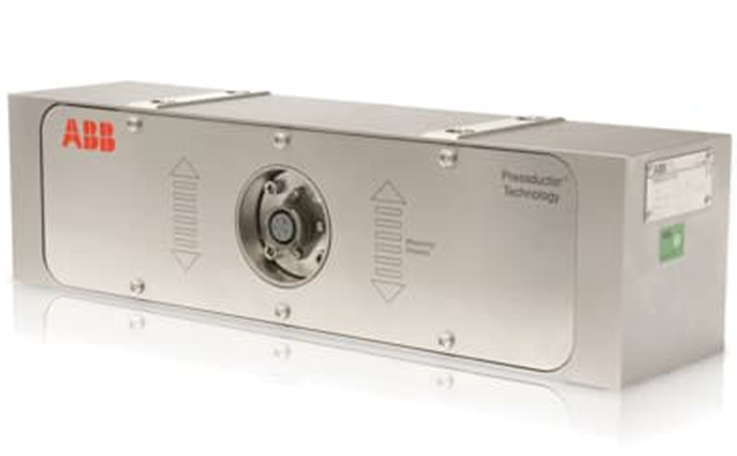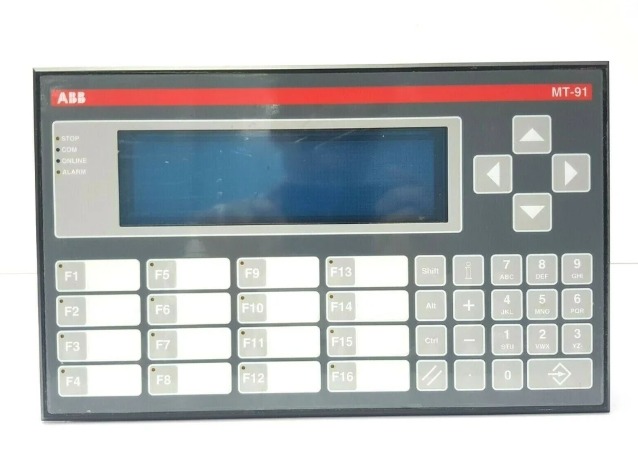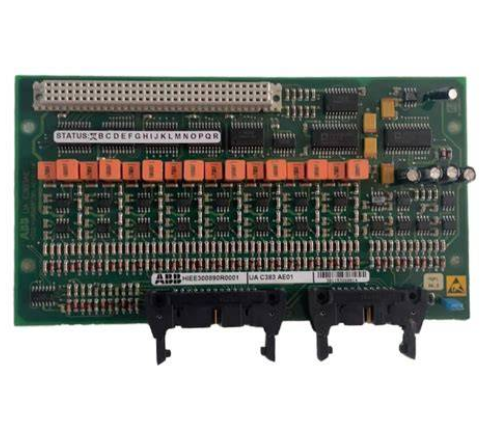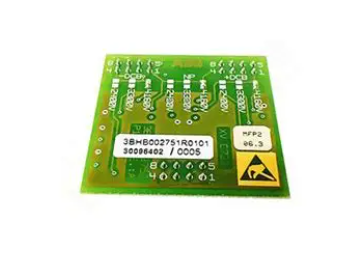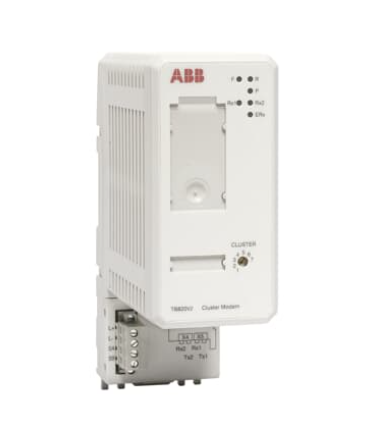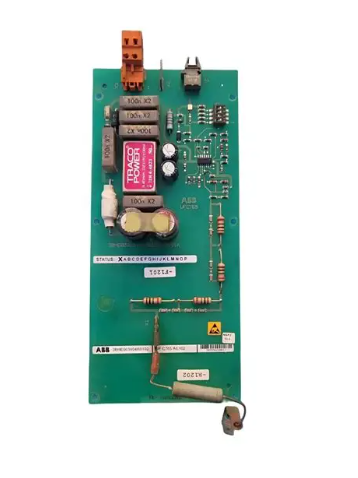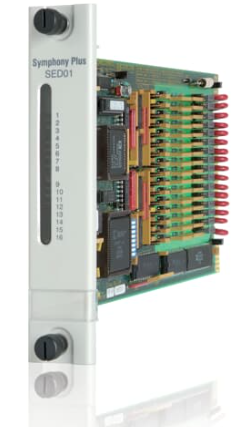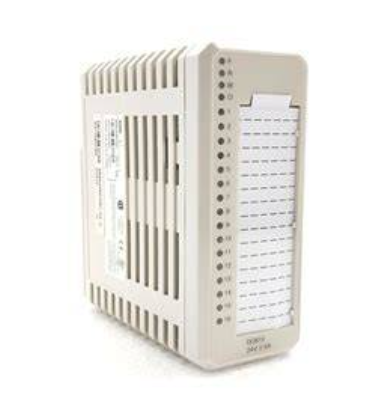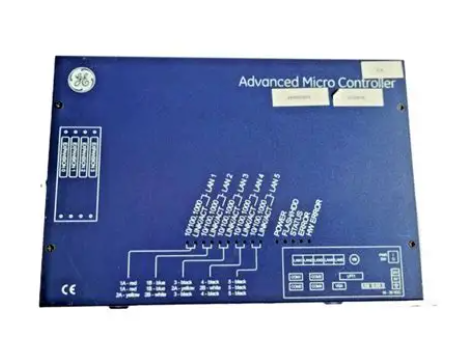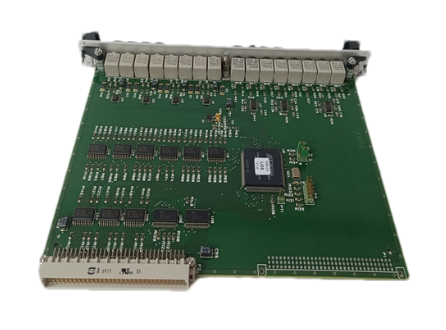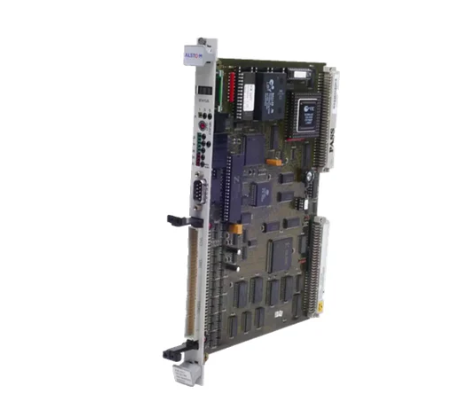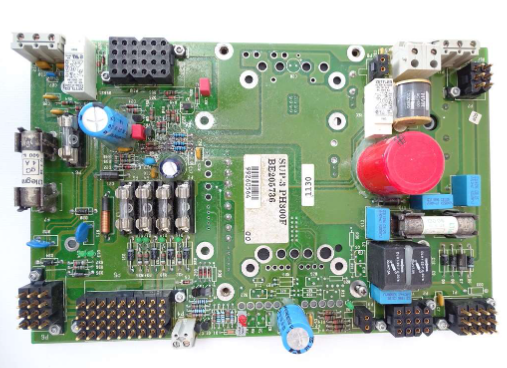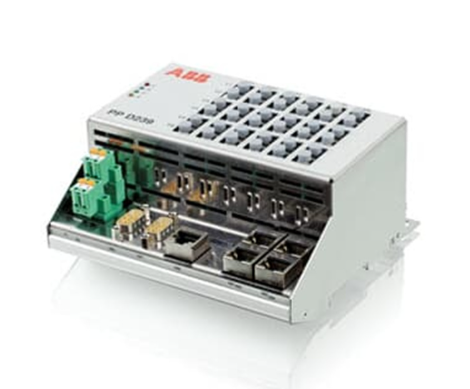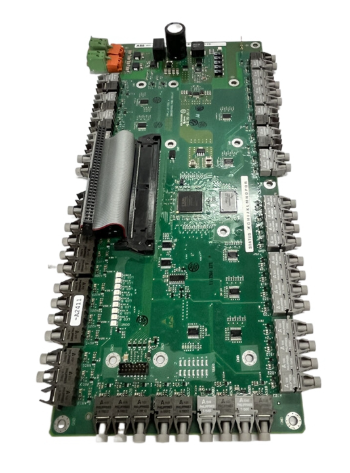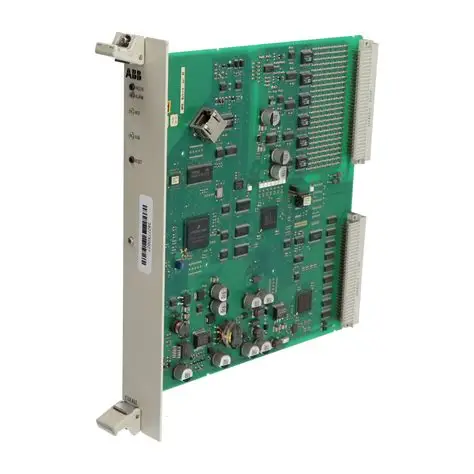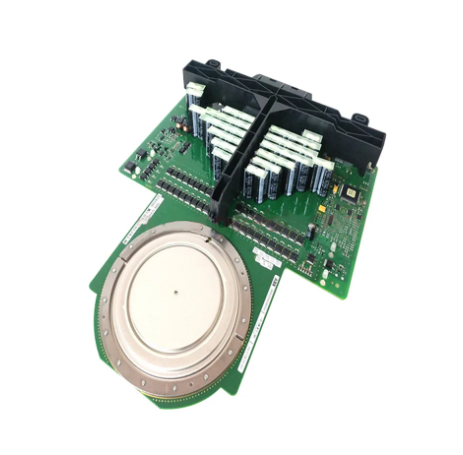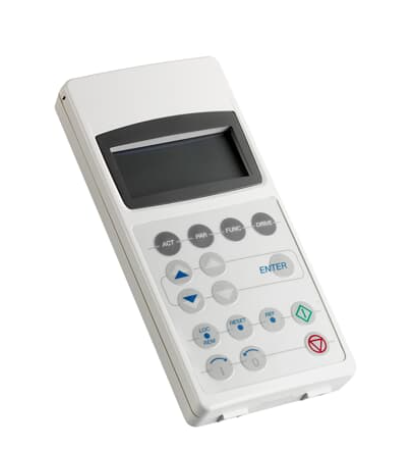ABB 086349-002 Industrial Control Circuit Board
ABB 086349-002 Industrial Control Circuit Board
Product Overview
ABB 086349-002 industrial control circuit board is a key hub in industrial automation control systems, just like the human nervous system, responsible for accurately processing and transmitting various control signals, ensuring the stable and efficient operation of the entire industrial production process. It can work collaboratively with various industrial equipment, playing an important role in precise control of equipment and system status monitoring in complex environments such as industrial automation production lines and process control systems.
Technical parameters
(1) Electrical parameters
Working voltage: Supports 220V AC voltage input, which is a common industrial standard voltage, making it easy to connect to most industrial power supply systems. Whether it is independently operated small industrial equipment or complex power supply networks in large factories, it can stably obtain electrical energy to ensure the normal operation of the control board.
Output frequency: With an output frequency of up to 60KHZ, a higher output frequency means that the control board can quickly respond to control instructions and perform precise high-frequency control of the equipment. In some industrial scenarios that require extremely high control speed, such as real-time control of high-speed automated mechanical equipment, it can ensure accurate and smooth operation of the equipment, avoiding production errors or equipment failures caused by control delays.
(2) Physical parameters
Size specifications: Although exact and unified information on specific dimensions has not been obtained yet, it is speculated from its application scenarios and the general situation of similar industrial control boards that its design will fully consider the limited space layout inside the industrial control cabinet, and most likely adopt compact and standardized external dimensions to facilitate flexible installation in various industrial equipment. For example, it may be similar in size to common industrial control boards, with length, width, and height within a certain standard range, making it convenient to combine and assemble with other equipment modules, improving the integration and space utilization of industrial control systems.
Weight: Due to the lack of clear data, referring to similar products, its weight should be relatively moderate, which can ensure that the control board has a certain stability after installation, will not cause shaking and affect performance during equipment operation due to being too light, and will not impose too much burden on equipment installation and maintenance due to being too heavy, making it convenient for technical personnel to carry, install, and perform subsequent maintenance operations.
(3) Environmental parameters
Working temperature range: capable of stable operation within the temperature range of -10 ° C to+50 ° C, this wide temperature design makes it suitable for industrial sites with various environmental temperatures. Whether it is outdoor industrial facilities in cold regions or factory workshops in high-temperature environments, such as steel smelters, glass manufacturing plants, etc., they can operate normally to ensure that industrial control systems are not affected by environmental temperature changes and continue to work stably.
Protection level: Although no exact protection level identification has been found, considering its industrial application properties, it is speculated to have a certain level of protection capability, such as possibly reaching IP20 or above protection level. This means that it can effectively prevent dust from entering the interior of the control board, providing certain protection for the internal precision circuits, reducing the probability of circuit short circuits, poor contacts, and other faults caused by dust accumulation, and improving the reliability and service life of the control board in industrial environments.
Functional characteristics
(1) Signal processing function
Input signal processing: This control board can efficiently receive input signals from various sensors, transmitters, and other devices, which may include electrical signals converted from various physical quantities such as temperature, pressure, flow rate, and position. The control board will perform a series of processing operations such as filtering, amplification, and analog-to-digital conversion on these input signals to remove noise interference from the signals and convert them into digital signal forms suitable for internal circuit processing. For example, in the chemical production process, the weak electrical signal from the temperature sensor is input to the 086349-002 control board. The control board will first filter it to remove the clutter caused by electromagnetic interference in the industrial environment, and then amplify it to achieve an appropriate amplitude range. Finally, the analog signal is converted into a digital signal through an analog-to-digital converter for accurate analysis and processing in the future.
Output signal control: Based on the calculation results and control logic of the internal program, the control board can accurately output corresponding control signals for driving various actuators, such as motors, valves, relays, and other equipment. The types of output signals are diverse, including analog signals (such as 0-10V DC voltage signals, 4-20mA current signals) and digital signals (such as high and low level signals), which can meet the control needs of different types of actuators. On the automated assembly line, the control board can output digital signals to control the start and stop of the motor based on the detection results of the products, achieving precise sorting and conveying of the products; In intelligent warehousing systems, the speed and steering of electric forklifts are controlled by outputting analog signals to ensure safe and efficient cargo handling.
(2) Data transmission function
Internal data transmission: Within the control board, high-speed and stable data transmission can be achieved between various functional modules. Through advanced internal bus architectures such as high-speed SPI bus, I2C bus, etc., fast data exchange between modules such as microprocessors, storage chips, and input/output interface chips is achieved to ensure the processing and response speed of various signals on the control board. This efficient internal data transmission mechanism enables the control board to quickly perform data operations and processing when facing complex industrial control tasks, output control instructions in a timely manner, and ensure the continuity and stability of the industrial production process.
External data communication: Supports multiple standard external communication protocols, such as Modbus RTU/ASCII, Profibus DP, Ethernet/IP, etc., facilitating data communication and information exchange with other industrial devices. With the help of these communication protocols, the 086349-002 control board can easily connect with PLC, upper computer, human-machine interface (HMI) and other devices to achieve remote monitoring, parameter setting, fault diagnosis and other functions. In large-scale industrial automation projects, the control board can communicate with the PLC through Modbus protocol, upload real-time operating data of on-site equipment to the PLC, and receive control instructions sent by the PLC to achieve remote centralized control of on-site equipment; Connected to the upper computer through Ethernet/IP protocol, the upper computer operator can view the real-time operation status of the equipment, make remote parameter adjustments, and improve the intelligent management level of industrial production.
(3) Redundancy and reliability design
Redundancy function: With redundant attribute identification, it can achieve controller redundancy path design. This means that in the case of physical configuration redundancy, two network adapter cards can be connected to network ports on two communication modules, such as Net2 ports on two ACMs or two NCMs, or Net1 or Net2 ports on two CMs for specific application scenarios. Redundancy design greatly improves the reliability of the system. When one of the communication paths fails, the system can automatically switch to the backup path, ensuring uninterrupted data communication between the control board and other devices, thereby ensuring the continuous and stable operation of the industrial production process and avoiding production stagnation and economic losses caused by communication interruptions.
Reliability guarantee: In terms of hardware design, high-quality electronic components are selected and rigorously screened and tested to ensure their stability and reliability in complex industrial environments. At the same time, adopting multi-layer circuit board design, optimizing circuit layout, reducing electromagnetic interference, and improving the anti-interference ability of the control board. In terms of software, it is equipped with a comprehensive self checking program and fault diagnosis function, which can monitor the working status of the control board in real time. Once abnormalities are detected, such as hardware failures, communication errors, etc., timely alarm prompts can be given, and corresponding protective measures can be taken, such as automatic switching to backup equipment, saving current working data, etc., to minimize the impact of faults on industrial production and improve the reliability and availability of the entire industrial control system.
Working principle
(1) Signal input processing flow
When various sensors, transmitters, and other devices convert the collected physical quantity signals into electrical signals, these signals first enter the input interface circuit of the 086349-002 control board. The input interface circuit will perform preliminary preprocessing based on the type of signal (analog signal or digital signal). For analog signals, filtering, amplification, and other operations will be performed through signal conditioning circuits to improve the quality and stability of the signal. Next, the conditioned analog signal will enter an analog-to-digital converter (ADC) to convert it into a digital signal. The digital signal is then transmitted to the microprocessor on the control board, which analyzes, calculates, and processes the input digital signal according to preset programs and algorithms, and determines the current operating status of the industrial equipment.
(2) Control decision-making and signal output
After processing the input signal, the microprocessor will make corresponding control decisions based on the internal stored control logic and preset parameters. For example, in a temperature control system, if the microprocessor analyzes the input temperature signal and finds that the actual temperature is lower than the set temperature, it will calculate the required heating power based on the control algorithm and generate the corresponding control signal. These control signals will be transmitted to the output interface circuit, which converts the control signals into appropriate forms based on the type of signal and the requirements of the target actuator. For example, for motor control, PWM (Pulse Width Modulation) signals may be output to adjust the motor speed; For valve control, analog voltage or current signals may be output to control the opening of the valve. Ultimately, these control signals drive the actions of the executing mechanism, achieving precise control of industrial equipment and enabling the industrial production process to proceed according to expected goals.
(3) Principles of Communication and Data Interaction
When communicating with external devices, the 086349-002 control board establishes connections with other devices through its supported communication interfaces (such as RS-485, Ethernet, etc.) and communication protocols (such as Modbus, Profibus, etc.). When data needs to be sent, the control board packages and encapsulates the internally processed data according to the corresponding communication protocol format, and then sends it out through the communication interface. For example, when sending device operation data to the PLC, the control board will organize the data into the frame format specified by the Modbus protocol and transmit it to the PLC through the RS-485 interface. When receiving data from external devices, the control board parses the received data frames according to the communication protocol, extracts valid data, and transmits it to the microprocessor for subsequent processing. For example, when the upper computer sends new control parameters to the control board, the control board receives the data frame through the communication interface, parses it according to the corresponding protocol, and passes the parsed parameters to the microprocessor. The microprocessor adjusts the control strategy based on the new parameters to achieve remote control and parameter optimization of industrial equipment.

- EMERSON
- Honeywell
- CTI
- Rolls-Royce
- General Electric
- Woodward
- Yaskawa
- xYCOM
- Motorola
- Siemens
- Rockwell
- ABB
- B&R
- HIMA
- Construction site
- electricity
- Automobile market
- PLC
- DCS
- Motor drivers
- VSD
- Implications
- cement
- CO2
- CEM
- methane
- Artificial intelligence
- Titanic
- Solar energy
- Hydrogen fuel cell
- Hydrogen and fuel cells
- Hydrogen and oxygen fuel cells
- tyre
- Chemical fiber
- dynamo
- corpuscle
- Pulp and paper
- printing
- fossil
- FANUC
- Food and beverage
- Life science
- Sewage treatment
- Personal care
- electricity
- boats
- infrastructure
- Automobile industry
- metallurgy
- Nuclear power generation
- Geothermal power generation
- Water and wastewater
- Infrastructure construction
- Mine hazard
- steel
- papermaking
- Natural gas industry
- Infrastructure construction
- Power and energy
- Rubber and plastic
- Renewable energy
- pharmacy
- mining
- Plastic industry
- Schneider
- Kongsberg
- NI
- Wind energy
- International petroleum
- International new energy network
- gas
- WATLOW
- ProSoft
- SEW
- wind
- ADVANCED
- Reliance
- YOKOGAWA
- TRICONEX
- FOXBORO
- METSO
- MAN
- Advantest
- ADVANCED
- ALSTOM
- Control Wave
- AB
- AMAT
- STUDER
- KONGSBERG
- MOTOROLA
- DANAHER MOTION
- Bently
- Galil
- EATON
- MOLEX
- Triconex
- DEIF
- B&W
- ZYGO
- Aerotech
- DANFOSS
- KOLLMORGEN
- Beijer
- Endress+Hauser
- MOOG
- KB
- Moxa
- Rexroth
- YAMAHA
- Johnson
- Westinghouse


Email:wang@kongjiangauto.com

